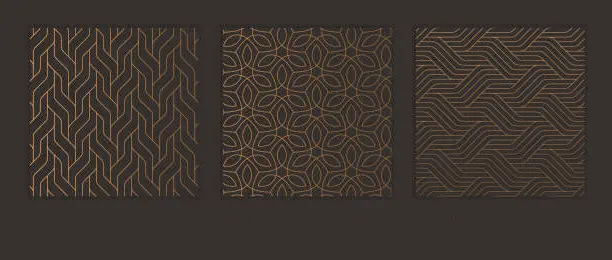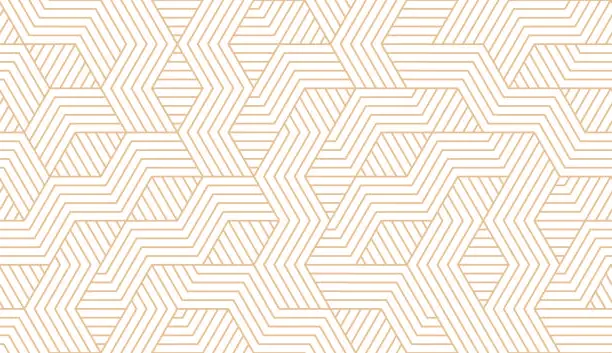
Revolutionizing Design: The Role of 3D Printing in Creative Innovation
- Admin
In recent years, 3D printing has emerged as a groundbreaking technology with profound implications for the world of design. From architecture and product design to fashion and healthcare, 3D printing offers unparalleled opportunities for creativity, customization, and efficiency. This article explores the transformative impact of 3D printing on the design process, highlighting its benefits, applications, and future potential.
One of the most significant advantages of 3D printing is its ability to rapidly prototype and iterate designs. Traditional manufacturing methods often involve lengthy and costly processes, with prototypes taking weeks or even months to produce. With 3D printing, designers can quickly bring their ideas to life, testing different concepts and refining designs in a matter of hours. This iterative approach allows for greater experimentation and innovation, leading to more creative and refined final products.
Moreover, 3D printing enables unprecedented levels of customization and personalization. Designers can easily tailor products to meet individual preferences and specifications, whether it's creating custom-fitted clothing, personalized accessories, or bespoke furniture. This level of customization not only enhances the user experience but also opens up new possibilities for self-expression and creativity.
In addition to customization, 3D printing offers greater design freedom and complexity. Traditional manufacturing techniques often impose limitations on form and structure, with intricate designs being difficult or impossible to produce. With 3D printing, designers can create complex geometries and intricate details that would be challenging or impossible to achieve using other methods. This newfound freedom allows for the creation of truly unique and innovative designs that push the boundaries of what is possible.
Furthermore, 3D printing has the potential to revolutionize supply chains and manufacturing processes. By enabling on-demand production and localized manufacturing, 3D printing reduces the need for large-scale production runs and warehousing, minimizing waste and lowering costs. This decentralized approach to manufacturing also reduces the environmental impact of transportation and logistics, making 3D printing a more sustainable alternative to traditional manufacturing methods.
The applications of 3D printing are vast and diverse, spanning across industries and disciplines. In architecture, 3D printing allows for the rapid prototyping of building components and the creation of intricate architectural models. In product design, it enables the production of custom prototypes and small-batch manufacturing of consumer goods. In fashion, 3D printing is used to create avant-garde clothing, accessories, and footwear. In healthcare, it is revolutionizing medical device manufacturing, prosthetics, and even organ transplantation.
Looking ahead, the future of 3D printing in design is bright and promising. As the technology continues to advance and become more accessible, we can expect to see even greater integration of 3D printing into the design process. From mass customization to sustainable manufacturing, 3D printing has the potential to reshape the way we think about design, offering new possibilities for creativity, efficiency, and innovation.
